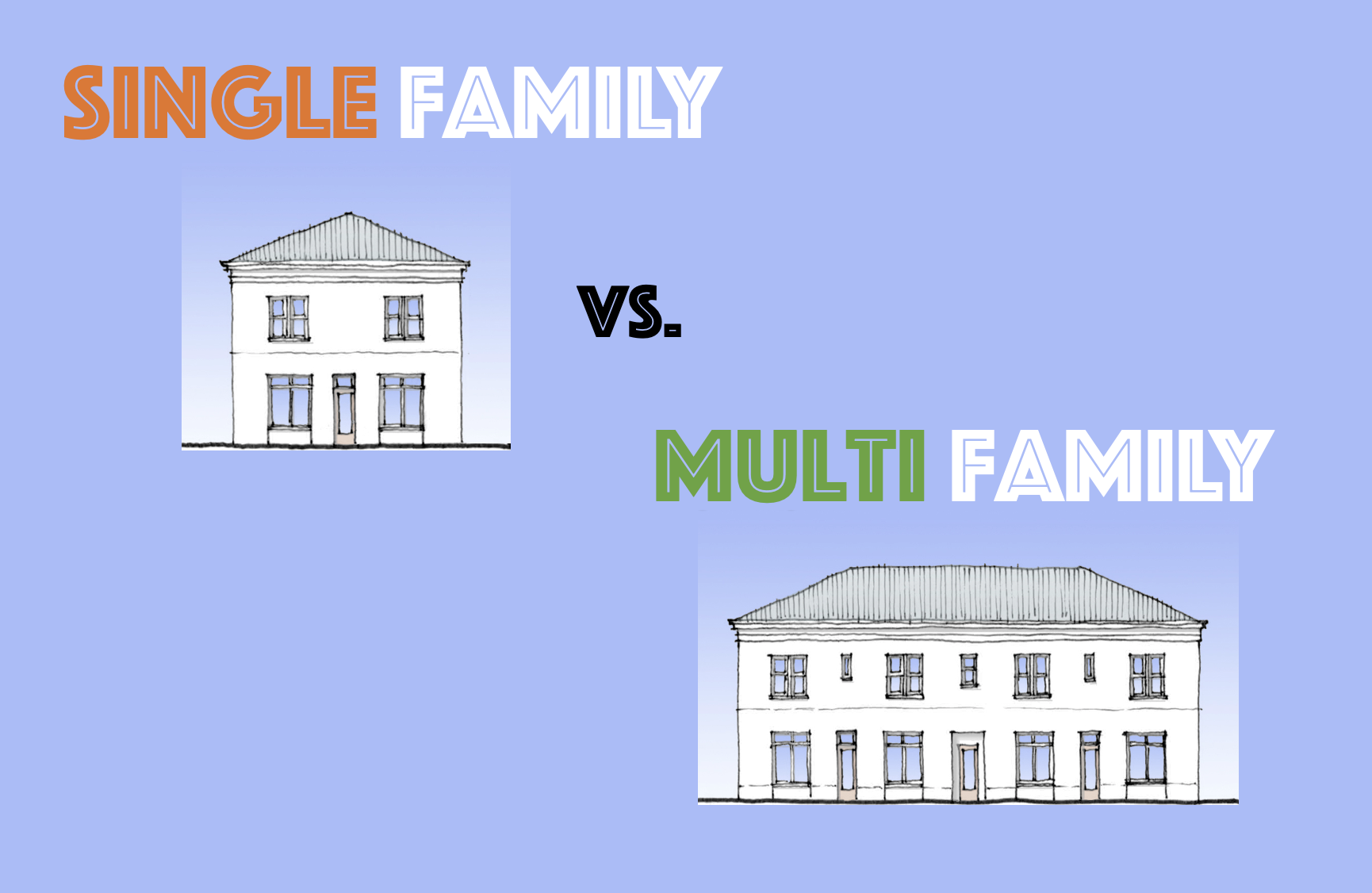How to Choose a Property Manager
Last updated: 2023
When you consider all the things a property manager does for your rental properties – finding and placing tenants, collecting rent, handling maintenance & repair issues – it’s easy to see how critical it is to pick the right one. It really does make all the difference: a good property manager can increase your profits and peace of mind, while a bad property manager can hurt your returns and drive you crazy.
So how can you be sure you’re making a good choice? Well, as an example of what NOT to do, here’s what did when I bought my first property: I quickly found two managers online, emailed them both, and chose the one who replied first because I thought that indicated they were more on top of things.
Needless to say, this is not the approach I recommend now to my coaching clients. There’s a lot more to consider, and hopefully you can learn from my early mistakes so you’re not doomed to repeat them!
In this article, I’ll outline an approach to selecting a property manager after you’ve decided on an investment market. I’ll break the process down into five major steps:
Generate a List of Property Managers
Narrow the Field
Vet the Finalists
Choose a Property Manager
Validate Your Choice
Step 1: Generate a List of Property Managers
Your first step is to generate a list of property managers (PMs for short) who do business in your market. As with so many other things, the Google machine is a valuable ally here – just Google “property managers in XYZ Market”, and start your list.
In your online research, you might also find other people who have done some of this early legwork for you, and published lists of property managers in specific markets, such as this one for Kansas City. These lists can be helpful not just for generating options, but in narrowing the field in Step 2.
Finally, you can get onto online forums (such as BiggerPockets and Facebook groups devoted to real estate investing) and ask for PM recommendations in your market.
At the end of this step, you should have a fairly long list of potential property managers, perhaps 10 or more depending on the size of your market.
Step 2: Narrow the Field
Your next step is to narrow your list down to a group of about three finalists, though you could pick as many as five. Just keep in mind that you’re going to do a 30-60 minute phone call with each finalist, so don’t go overboard.
In narrowing your list, you should be looking for the “market leaders” in your investment area. That generally means the largest, most established companies with the highest number of properties under management.
“Hold on a second,” you say. “Shouldn’t I be looking for a property manager that will provide the best personal service to me and my tenants, and really CARE about us? A big property manager sounds very impersonal, and I’m worried they won’t care that much about me or my property.”
Well, this is somewhat counterintuitive, but you actually don’t want personal service; you want established and reliable systems and processes. Think about Amazon: they consistently rate at or near the top of customer satisfaction surveys, despite providing exactly ZERO personal service. This is because they have an intuitive and consistent shopping experience that customers can count on, and they deliver your stuff fast. Scale is one of Amazon’s advantages, because they’ve been forced to invest in systems and processes to automate many pieces of that customer experience.
The same is true for property managers: with a few hundred properties, they might be able to get by on hustle, but with 500+ (or better yet 1,000+) properties they’ll need reliable systems, processes, and automation – and that’s the kind of “service” you really want. If those systems work for a thousand other properties, they will work just fine for yours too, whether you have one property or 20.
Therefore, in order to narrow your list, your main task is to identify the big players and weed out the little guys. You’ll know who the big players are because:
They will have the largest number of properties under management. If you can’t figure out from online sources how many doors they manage, just call or email them to ask.
They will have a good-looking website. Large professional PMs will have a strong online presence. If a PM has no website, or an amateur-ish website, that’s a sign they’re one of the “little guys” you’re trying to weed out.
They will have links to Owner Portal and Tenant Portal log-ins. This is a sign that they’re using legitimate property management software, which is key to achieving the process automation I discussed above.
They will have listings of available rental properties on their site. While not all large PMs will have this, most will. It’s also an easy way for you to see how well they market their properties, by examining the photos, descriptions, etc.
Once you’ve narrowed your list to about three finalists, you’re ready to get on the phone and talk to them.
Step 3: Vet the Finalists
Email each of your finalists, introduce yourself as an investor looking to purchase properties in your chosen market, and ask for a phone call to answer some questions you have.
Once you’re on the phone and past the niceties, use the RIA PM Vetting Checklist to collect the key information you’ll need to make a final decision. There are 58 questions on that checklist, so I won’t list all of them, but here are the five main areas that you’ll be asking about and a sampling of questions for each:
Company Info: how long have they been in business; how many properties under management; how many employees do they have; etc.
Fees: what percent of rent do they charge; what is their leasing fee; what fees do they charge tenants; etc.
Maintenance & Repairs: how do tenants report issues; whom do they contract with for repairs; do they perform regular home inspections; etc.
Collections: do they have a dedicated Collections team; how do tenants pay rent; what is their end-of-month collections rate; etc.
Leasing: how do they screen tenants; what is their current occupancy rate; how do they market vacant properties; etc.
As you can see to the right, for each question the RIA PM Vetting Checklist also provides reference targets and guidance so you can understand what you’re looking for, what might be a red flag, and so on. It also allows you to keep organized notes on up to five PMs, so that you can easily compare them as you make your final decision.
After your vetting conversations, I strongly recommend calling references for your top two finalists. There’s nothing quite as valuable as talking to other investors who have properties under management with your finalists, and hearing their perspectives. Encourage them to tell you the good, the bad, and the ugly – you really want to hear their unvarnished opinions and experiences.
Step 4: Choose a Property Manager
Based on all the information you’ve collected in Step 3, you should have everything you need to make an informed decision. So go for it!
Your chosen property manager will send you a PMA, or Property Management Agreement. You’ll want to double-check this document to be sure it aligns with what you were told on the phone, particularly as it relates to fees.
Once you’ve signed the PMA, your property manager will set up an online account and log-in for you, assign someone to be your primary point of contact, and you’ll be all set to start adding properties to your portfolio!
Step 5: Validate Your Choice
As you move through the first few months of your relationship with your PM, you should evaluate whether they are delivering the results that you expected. Are they living up to their promises? Are you able to get fast, accurate responses from your point of contact? Do the monthly statements make sense? Are there any red flags popping up?
You should address any issues head-on. Tell your property manager that you’re not getting what you expected, and use specific examples. Give them a chance to improve and make it right.
You may have to do this several times, particularly at the beginning when you’re getting used to each other. Don’t be alarmed by this. Like anyone else you hire to perform a service, things may not go perfectly smoothly out of the gates with your property manager – but open communication and setting clear expectations is key to improvement. Your eventual goal is to settle into a good rhythm with your PM, have confidence in what they’re doing, and minimize the amount of time you have to spend looking over their shoulder.
However, if there are TOO many red flags, and/or if the same issues keep coming up repeatedly, you may eventually need to consider changing to a different property manager. This comes with its own headaches, but it may be worth it in the long run — it was for me, as a matter of fact.
Remember how I selected my property manager? Obviously, I failed to do enough vetting upfront, and I paid for that in the form of repeated issues, poorly managed repairs, and erroneous charges that took months to get corrected. After more than a year, I finally got frustrated enough to pull the trigger and move my portfolio to a new manager – and I’m VERY happy I did.
Conclusion
Here are the key takeaways:
Your property manager (literally) holds the keys to your portfolio. Selecting a competent, professional PM can make all the difference to your bottom line, and to your state of mind.
My own experience has taught me that it is WELL worth the investment of upfront time to thoroughly vet your property manager.
The RIA PM Vetting Checklist is the perfect tool to help you avoid the costly mistake of hiring a bad property manager – download it for free here.
About the Author
Hi, I’m Eric! I used cash-flowing rental properties to leave my corporate career at age 39. I started Rental Income Advisors in 2020 to help other people achieve their own goals through real estate investing.
My blog focuses on learning & education for new investors, and I make numerous tools & resources available for free, including my industry-leading Rental Property Analyzer.
I also now serve as a coach to dozens of private clients starting their own journeys investing in rental properties, and have helped my clients buy millions of dollars (and counting) in real estate. To chat with me about coaching, schedule a free initial consultation.





















